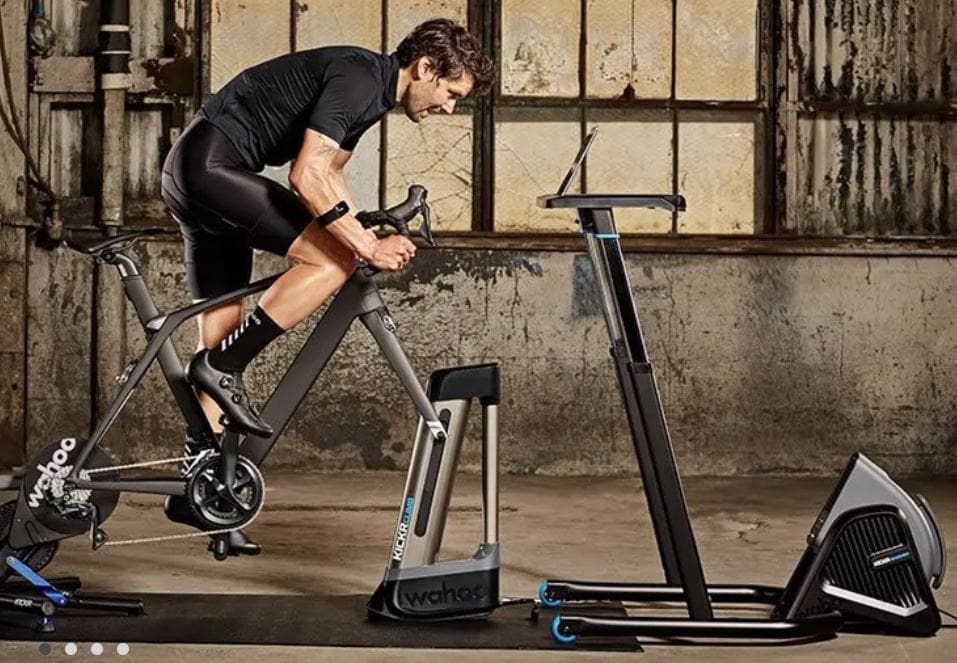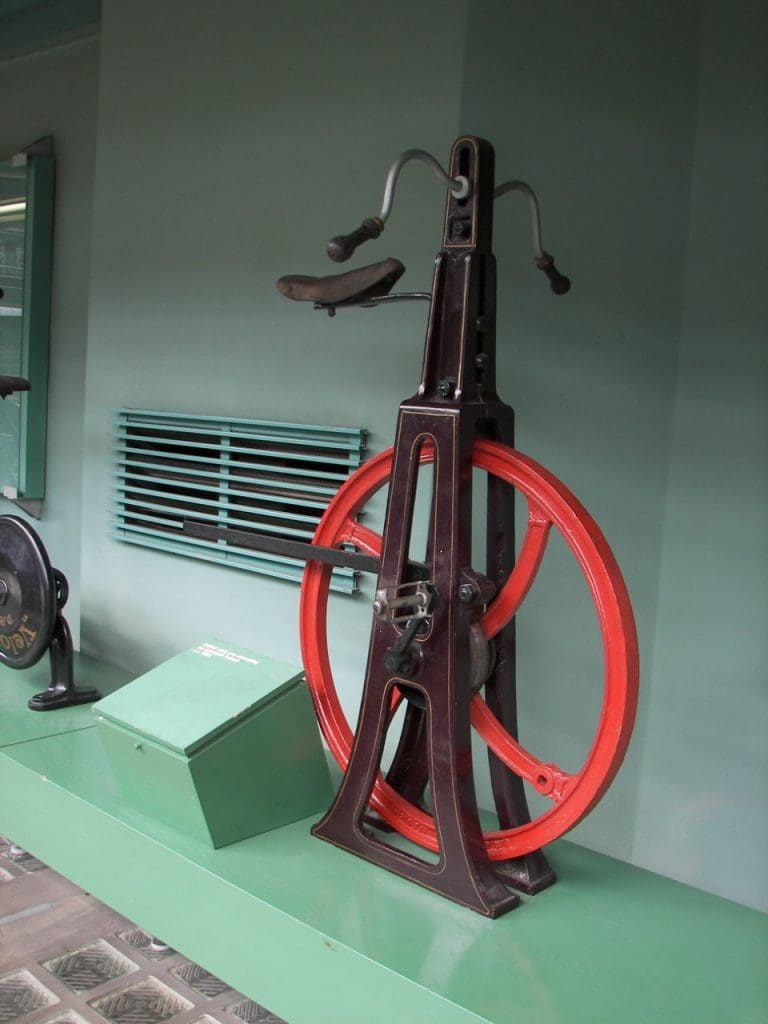Indoor Training’s Revolution

It feels a little surreal to be writing an annual feature about a product that you currently can’t sell because, to the best of our knowledge, all wholesale stock in Australia has been sold out.
With the onset of the Coronavirus, indoor trainers were right up there with toilet paper as one first things to see a spike in demand.
But unlike toilet paper, which was an irrational, panic response, consumers had very good, rational reasons for grabbing an indoor trainer while they could.
With restrictions on competitive sport and group activities unlikely to be lifted in the short term, combined with the ‘social media affect’ that we’ll talk about later in this article, you can expect that demand for indoor trainers is not going to melt away any time soon.
Half a Century of Product Improvement
When I started racing at age 10, 48 years ago, indoor training meant putting your bike on a set of rollers. Whilst rollers are fine for warming up before a race, especially track racing, they have two main shortcomings.
First, they offer virtually no resistance, it’s all about spinning. Second, rollers are too daunting for the average consumer to ride. They’re like riding a narrow strip of road. Getting started is the hardest part and it’s quite easy to fall off if you don’t have good confidence and balance.
Back in those years, the only alternatives to rollers were a range of clunky exercise bikes mainly designed for the gym market. These typically had fat seats, terrible riding ergonomics and unrealistic resistance curves.

The first revolution started in 1987 when Miroura developed the first portable, foldable Mag trainer. Tacx, Elite and others soon developed a variety of small A-framed indoor trainers to which you could quickly attach almost any bike via a quick release clamp that held the rear axle firmly in place.
The most common resistance methods were wind, magnetic and fluid. But these early models were still analogue. Some of them had a simple mechanical lever to switch up and down through a number of resistance levels.
Then in the early 2000’s we started to see the first electronic versions. Now at least you could more accurately set resistance levels and see some feedback about your efforts via a small handlebar mounted readout.
This gradually evolved to connectivity to larger screens and the first simulated cycling courses.
Now we’re in the next phase of technology driven exponential growth – connectivity and the social media effect. Just imagine if you were the only person in the world on Facebook. How boring would that be? Social media software platforms are only as good as the number of other people using that platform.
Likewise, how much use is your iPad or laptop these days with no internet connection?
Today it’s all about connectivity.
Indoor trainers have now reached that critical mass where so many people are using them around the world, that you can ride with or race against one or more real people just about any time of the day or night.
Meanwhile the sophistication of the software, led by Zwift and other developers, has made the hardware much more desirable to buy.
All of these developments were happening already. The coronavirus has only accelerated the trend. Even after the wonderful day, whenever it may finally be, that all social distancing restrictions are lifted, I greatly doubt that the indoor training genie will ever be returning to its bottle.
With the first UCI Esports World Championships scheduled for 2020, Ironman ramping up its Virtual Club, the global internet rolling out G5 and hundreds of software developers beavering away, this market is only going to keep growing.
You can expect to be selling plenty more indoor trainers in the years to come.
Next Month…
Our Annual Feature for June will look at Shoes and Pedals. Please contact us if you’d like to highlight your Product or feature your Company in this edition.
Indoor Trainer Distributors in Australia
- Apollo
- Bicycle Parts Wholesale
- Bike Technologies
- Bikecorp
- Bikesportz
- Body Bike Australia
- Cassons
- De Grandi Cycle & Sport
- Echelon Sports
- FE Sports
- GKA Sports
- Groupe Sportif
- Hillbrick Bicycles
- JetBlack Products
- KWT Imports
- Pyramid Imports
- Summit Fitness
- Velo Vita – TMO Sports

